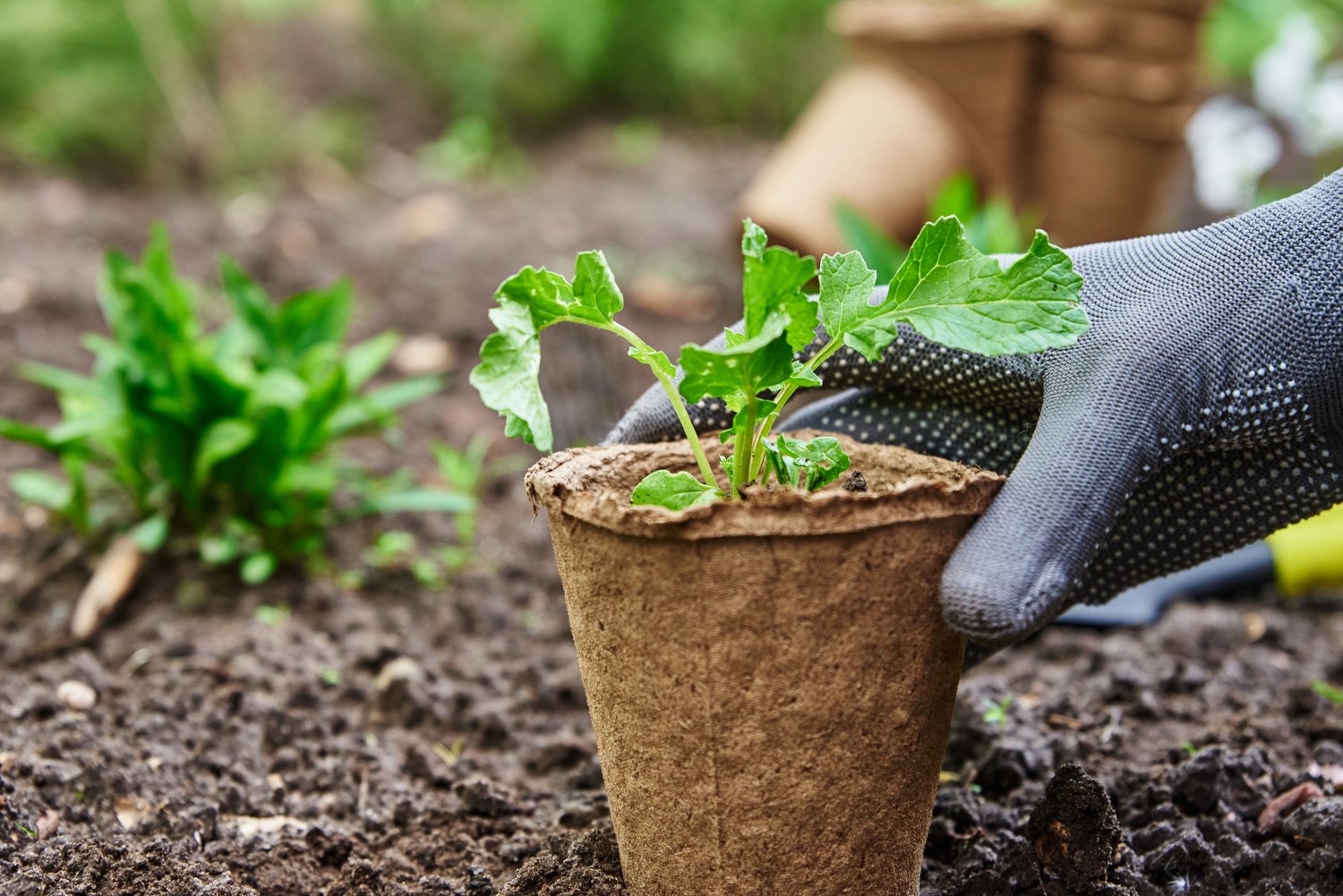The health of garden plants can quickly deteriorate when diseases strike, often leaving gardeners puzzled about appropriate treatments. Identifying common plant diseases is the first crucial step toward effective treatment and prevention. This article will help homeowners recognize the telltale signs of fungal, bacterial, and viral plant diseases that frequently affect home gardens. We’ll explore practical diagnosis techniques and provide treatment options that can help restore your plants to their former glory.
Understanding Plant Disease Basics
Plant diseases can be frustrating for any gardener, whether you’re a beginner or experienced with horticulture. The key to successful garden fungus control begins with understanding that plant diseases typically fall into three categories: fungal, bacterial, and viral. Fungal diseases like powdery mildew and black spot are the most common problems homeowners encounter, accounting for approximately 85% of all plant diseases. Bacterial infections, though less common, can cause significant damage through wilting, rot, and bacterial leaf spot. Viral diseases, while not as prevalent in home gardens, are particularly challenging because they have no direct cure once a plant is infected.
Environmental factors play a significant role in disease development. Poor air circulation, excessive moisture, and improper spacing between plants create ideal conditions for pathogens to thrive. Stressed plants, whether from improper watering, nutrient deficiencies, or extreme temperatures, become more susceptible to disease. Understanding these fundamentals helps gardeners approach diagnosis and treatment systematically rather than resorting to guesswork.
Identifying Common Fungal Diseases
Fungal diseases are the most prevalent issues gardeners face when maintaining healthy plants. Powdery mildew presents as a white or gray powdery substance on leaf surfaces, stems, and sometimes flowers. It frequently appears during humid weather when days are warm and nights are cool. Black spot disease, common in roses, manifests as circular black spots with yellow halos on leaves, eventually causing defoliation if left untreated.
Another widespread fungal issue is leaf blight, which creates irregularly shaped brown or black dead areas on foliage. Early blight in tomatoes begins with small dark spots on lower leaves that expand into larger lesions with concentric rings, resembling a bull’s-eye pattern. Root rot, caused by various fungi including Pythium and Rhizoctonia, attacks plant roots and is often only noticed when above-ground symptoms like wilting and yellowing leaves appear, despite adequate watering.
To treat powdery mildew, blight, and other fungal diseases effectively, begin by removing and destroying affected plant parts. Avoid composting diseased material as pathogens can survive the composting process. Many common plant diseases respond well to fungicides, which can be synthetic or organic. Neem oil, sulfur-based products, and copper fungicides offer organic options for garden fungus control. As with any treatment, always follow label instructions carefully and apply during appropriate weather conditions.
Bacterial Disease Recognition and Treatment
Bacterial diseases can be distinguished from fungal problems by several key characteristics. Bacterial leaf spot often appears as water-soaked lesions that may have yellow halos, while bacterial wilt causes rapid plant collapse as bacteria block water-conducting tissues. Fire blight, particularly destructive to apple and pear trees, causes branches to appear scorched as if burned by fire.
Treating bacterial plant diseases requires different approaches than fungal infections. Copper-based bactericides can provide some control when applied early in the infection process. Prevention is particularly important with bacterial diseases since treatments are less effective than for fungal problems. AskHomey experts recommend maintaining excellent sanitation by cleaning tools between plants, especially when pruning, to prevent spreading bacteria from infected to healthy plants.
Viral Disease Management
Viral diseases create some of the most distinctive symptoms in plants. Common signs include mosaic patterns (light and dark mottling) on leaves, stunted growth, and deformed leaves or fruits. Unfortunately, viral diseases have no cure once a plant is infected. The best management strategy is identification and removal of infected plants to prevent spread to healthy specimens.
Many plant viruses are transmitted by insect vectors like aphids, leafhoppers, and whiteflies. Controlling these pests becomes an essential part of viral disease management. Reflective mulches can deter insects, while insecticidal soaps and oils can reduce populations when applied properly. Selecting disease-resistant varieties and purchasing certified disease-free seeds and plants significantly reduces the risk of viral infections in your garden.
Preventive Practices for Disease Management
The most effective approach to common plant diseases identification and treatment is prevention. Proper spacing between plants improves air circulation, reducing humidity that favors pathogen development. Watering at the base of plants rather than overhead keeps foliage dry, creating an environment less conducive to disease. Crop rotation prevents the buildup of disease organisms in soil, while garden sanitation—removing plant debris and weeds—eliminates potential pathogen reservoirs.
Strengthening plants through proper nutrition and watering practices increases their natural resistance to disease. Avoid excessive nitrogen, which promotes lush, disease-susceptible growth. Instead, maintain balanced nutrition through regular soil testing and appropriate amendments. These practices form the foundation of integrated disease management, reducing the need for chemical interventions.
For more tips and to connect with reliable home service professionals, follow AskHomey on Facebook and Instagram.



